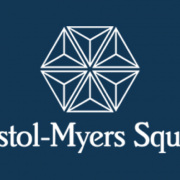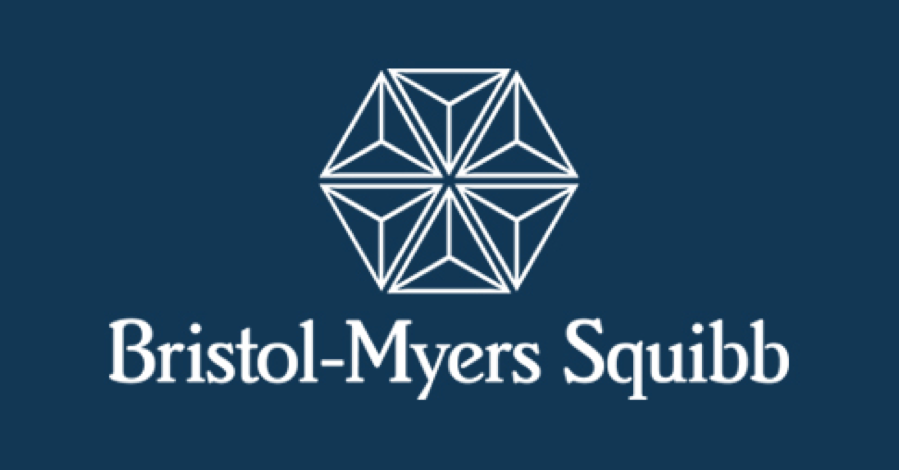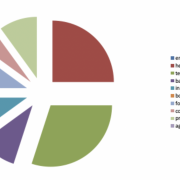The treasure trove of Bristol-Myers Squibb’s (BMY) growth products expanded considerably following the completion of its $74 billion merger with Celgene (CELG). This deal marks the end of a long chapter in the industry’s history, as Celgene, founded way back in 1986, was one of the first biotech companies created.
From a financial standpoint, the combined company is hailed as one of the most exciting powerhouses of profitability until at least 2023. As things stand, the newly minted biotech behemoth is trading at roughly nine times forward earnings.
The current company also offers an attractive dividend yield of 2.9% -- and that’s not even the best part of the news. The most exciting part of the deal is the fact that the new company now owns one of the most valuable oncology franchises in the biotech sector.
Under the terms, Celgene shareholders got the following for every share: 1.00 share of BMY common, cash worth $50 without interest, and one Contingent Value Right (CVR) they can trade. If they choose to not trade it, then the Celgene shareholder will receive payment of $9 in cash depending on future milestones achieved. As for (BMY), the company received $13.4 billion following Celgene’s sale of blockbuster psoriasis and psoriatic arthritis drug Otezla to Amgen (AMGN) as part of regulatory requirements.
The CVRs are contingent on three drugs in Celgene’s pipeline. One is the multiple sclerosis treatment Ozanimod. Another is a liso-cel lymphoma drug, which is expected to get the green light by December 31, 2020. The third is multiple myeloma treatment bb2121, which is eyed for approval by March 31, 2021.
Ozanimod actually has a high chance of winning an FDA approval by early 2020. The drug’s peak annual sales is expected to be in the ballpark of $5 billion. Meanwhile, Celgene’s liso-cel treatments are anticipated to rake in an additional $4 billion or so in annual sales. The company’s recently approved Reblozyl is also estimated to tack on another $2 billion in peak sales.
Celgene’s CelMOD treatments, which are in their early-stage clinical studies, could be massive moneymakers as well. Another cell therapy under development with Massachusetts-based gene therapy developer bluebird bio (BLUE), bb21217, is also projected as a big winner.
While the Celgene cancer pipeline is promising, the company came into this union with a number of already top-selling oncology drugs like multiple myeloma medication Revlimid as well as blood cancer treatments Inrebic and Pomalyst.
As for BMY, the biopharma giant also has its own high-profile lineup led by leukemia target therapy Sprycel, atrial fibrillation treatment Eliquis, advanced stage lung cancer injection Opdivo, and metastatic melanoma treatment Yervoy.
In fact, Opdivo and Eliquis are projected to rank as among the highest-selling drugs globally in the succeeding years.
Although some BMY investors are voicing concerns over the impending sales decline for Revlimid courtesy of generic rivals by 2022, Celgene’s new candidates and already top-performing drugs could still give the combined company a firm growth runway.
Hence, BMY and Celgene have effectively built a prodigious economic moat that practically eliminates any fear of competition in several crucial areas. This is not to say that particular products won’t experience the usual rise and fall in sales. It simply means that BMY’s overall oncology portfolio wouldn’t exactly encounter major problems when it comes to income generation and growth in the years to come.
In a broader sense, the newly formed company should be able to withstand any slowing down in the economy. Cancer patients need continuous medication, and it’s highly unlikely that they would choose to put a stop to their treatment simply because the economy is taking a downturn. Consequently, this makes BMY one of the safest plays in the market right now.
Keep buying (BMY) on dips. There is far to go.





